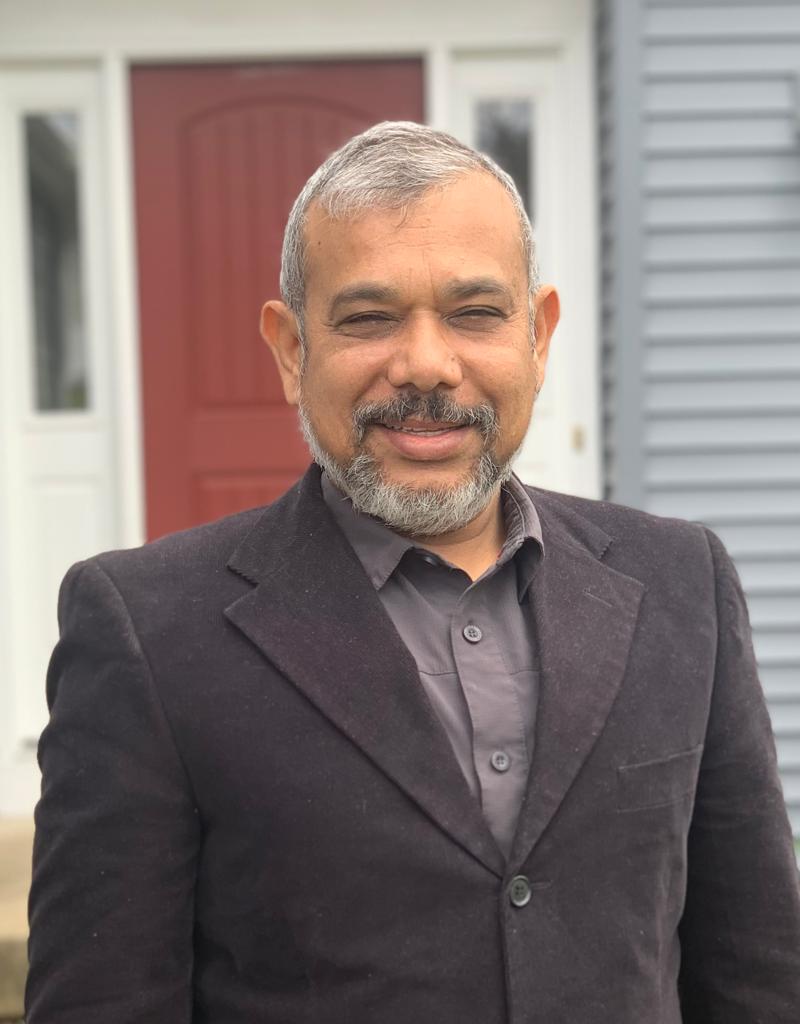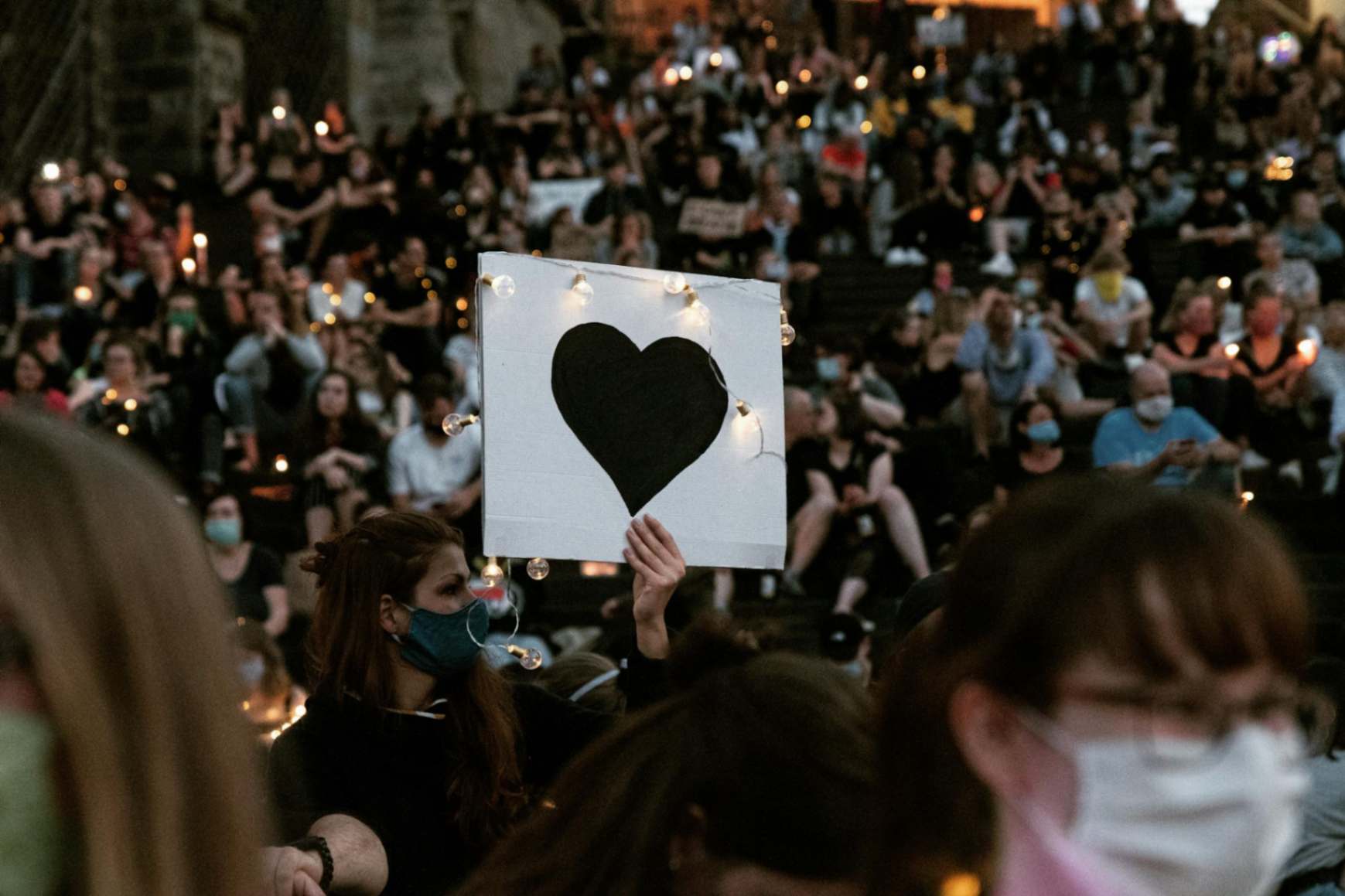Will Kamala Chitti deliver Indian Americans' Votes for the Democrats?
In November 2019, then-presidential candidate Kamala Harris made rather feeble attempts to connect to the Indian-American diaspora during her short-lived campaign.
The coronation of Vice President Kamala Harris as President Biden’s replacement on the Democrat Party’s top ticket for the November presidential elections has ensured that come January 20, 2025, there will either be a President of Indian heritage in the White House or a Second Lady of Indian heritage in the US Naval Observatory.
After the Republican presidential nominee, Donald Trump, chose Ohio Senator J.D. Vance as his vice presidential pick, President Biden endorsed his deputy Kamala Harris as the official Democratic Party nominee for the November presidential elections. While Harris’s mother was born in India, Vance’s wife, Usha, was born to Indian parents.
With the US presidency on the line, Harris will expectedly face intense scrutiny. But don’t expect the US mainstream media that kept the American voters in the dark about President Biden’s physical health and mental acuity for months, if not years, to tell us the truth. Just as Harris’s Wikipedia pages were scrubbed to remove “the controversial aspects Harris’s “tough on crime” records,” the race is on to selectively erase historical data, news items, etc., on Harris’s political career. For example, several media outlets now deny that Ms. Harris is President Biden’s “border czar.”
Before Biden was pushed off the ticket, the party bigwigs pulled off a perfect coup, a coup that would have shamed medieval palace politics. A report in Politico describes the behind-the-scenes maneuvering in great detail. According to the report, Nancy Pelosi, the former Speaker of the House, “made clear that [the Biden camp] could [stand down] the easy way or the hard way… She gave [the Biden camp] three weeks of the easy way.”
Another report by the investigative journalist Seymour Hersh, citing a senior Washington official, claimed that former President Obama told Biden that V.P. Kamala Harris had approved the invocation of the 25th Amendment against the President. Under this constitutional provision, the Vice President makes a written declaration that the President is unable to discharge the power and duties of his office.
Harris, 59, was born to Shyamala Gopalan and Donald Harris. Shyamala was a Chennai, India-born University of California, Berkeley researcher who did her undergraduate studies at the posh Lady Irwin College in Delhi. Donald was an economist from Jamaica who taught at various US universities. Kamala’s parents divorced when she was seven. Later, Harris’s family moved to Canada, where she graduated from the upscale Westmount High School in Montreal.
Harris has seldom referenced her Indian ancestry and Hindu heritage in her political life. Initially (February 2019), even the official US Senate website listed Harris as an “African American.” Later, Harris made rather feeble attempts to connect to the Indian-American diaspora during her short-lived presidential campaign. She appeared on the Mindy Kaling show making Dosa. Harris also released a video in which she talked about her Indian ancestry and broke coconut at a private religious gathering.
Harris’s presidential campaign barely lasted eleven months after she announced her run for the White House in 2019. However, her campaign never saw the day of the election year. She bowed out of the 2020 presidential primary before the primary voters could cast a single vote. Harris was thrust into this unenviable situation in the current presidential election after the closely guarded secret of Biden’s declining mental acuity blew up in the nationally televised presidential debate with Mr. Trump.
Despite her long political career spanning several decades and her second-in-command to President Biden, Harris is electorally untested in national politics.
Outside of California, a liberal Democrat-monopoly state, Harris hasn’t won a single electoral victory. Her approval rating as a Vice President has historically been dismal. According to the Asian American Voter Survey, even among Indian American voters—one of the most reliable Democratic voting blocks—only 16 percent have a “very favorable” view (overall 54 percent) of Harris.
Before arriving on the national scene as the VP to President Biden, Harris was a Senator from California. She also served as California’s Attorney General (AG) and San Francisco’s District Attorney (DA). As the AG, Harris’s decision not to prosecute Steve Mnuchin was highly controversial. Mnuchin, an investment banker and Treasury Secretary under President Trump, was implicated in several corruption cases, but Harris refused to prosecute him.
Harris also “did nothing” as San Francisco’s DA in the clergy sex abuse case. Her support of actor Jussie Smollett, who faked a racist attack on himself, and her endorsement of the non-profit Minnesota Freedom Fund have raised many eyebrows. The organization raised funds to free BLM and other criminals during the George Floyd riots in 2020.
Harris’ stand on the so-called ‘human rights’ issues in Kashmir and opposition to India’s Citizenship Amendment Act has made many Indians very uncomfortable. Democratic Party and Joe Biden’s pandering to the pro-Islamist groups have further divided the Indian community. Harris’ public spat with an extremely popular External Affairs Minister of India, Dr. S. Jaishankar, over the canceled meeting with Congresswoman Pramila Jayapal did not go well within the diaspora.
Indian Americans play a pivotal role in American society. They are the engines of the economy and the drivers of innovations. They also enrich an already diverse American cultural landscape. On top of it all, the Indian diaspora, as part of the world's largest democracy, plays a crucial role in diplomacy and international relations.
Today, Indian Americans account for roughly 1 percent of the U.S. population and 6 percent of America's foreign-born population. This makes Indian Americans the second largest immigrant group in the country, after Mexicans, and ahead of immigrants from China and the Philippines. Despite their minuscule size, Indian Americans increasingly play a significant role in US politics.
Most Indian Americans live in overwhelmingly Blue states and are highly educated. Education is increasingly a marker of the political divide in the U.S. - the more people are educated, the more left-leaning they are. This makes a majority of Indian Americans Democrat-aligned, and historically, they have been a solid voting block for the Democrats.
In the 2020 presidential elections, 72 percent of Indian Americans chose Joe Biden over Donald Trump. Many Indian Americans “in media and elite universities may understandably believe that parroting leftwing talking points on race, gender, and sexuality,” according to Sadanad Dhume of the American Enterprise Institute, “is required to succeed in their fields.”
However, the Democrats’ progressive policies - DEI, affirmative action, immigration, etc. - are turning many minorities, including Indian Americans, away from them. According to the Asian American Voter Survey, only 47 percent of Indian Americans identify as Democrats, down 9 points from 56 percent in 2022. In the same survey, 54 percent of Indian Americans had a favorable opinion of Harris in 2024, down 8 points from 62 percent in 2020.
While the above-mentioned shift captures the mood of Indian American voters, it is unlikely to significantly change their voting preferences. The GOP, on its part, has failed to make any meaningful outreach to win the confidence of Indian Americans. The GOP convention in Milwaukee saw a Sikh prayer offering, but the convention made no efforts to include Hindu prayer.
The author is an award-winning columnist and linguist.
(The views and opinions expressed in this article are those of the author and do not necessarily reflect the official policy or position of New India Abroad)

 Avatans Kumar
Avatans Kumar.png)
.png)








.jpg)

Comments
Start the conversation
Become a member of New India Abroad to start commenting.
Sign Up Now
Already have an account? Login